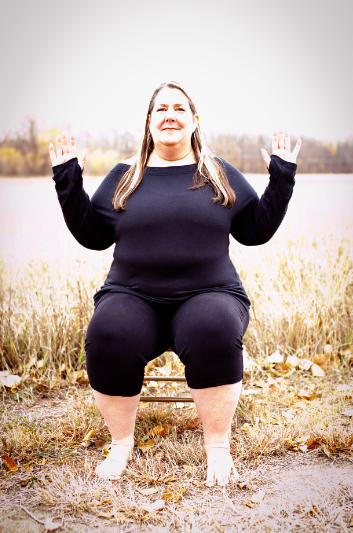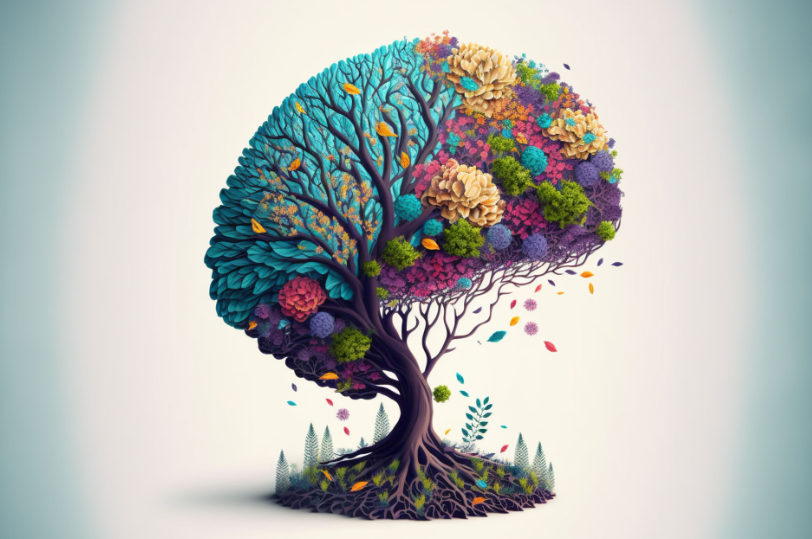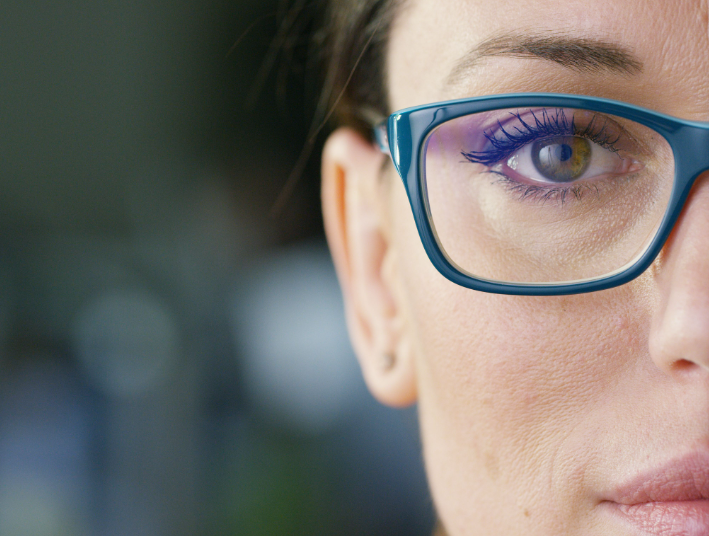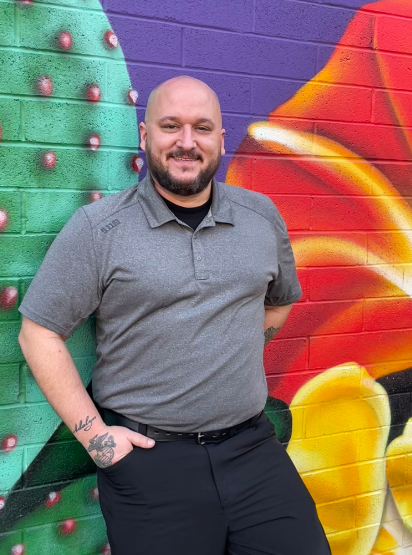by Sue Wilson, MA, ATC/L, PES, CHHC
Physical activity is becoming more and more important as people start to heal from chronic symptoms of mild traumatic brain injuries. Over the last five years, research has started to show that aerobic exercise can be beneficial to the brain within 24 hours of a concussion because it enhances blood flow, which improves oxygenation to the brain. The increase in good oxygen to the brain triggers brain-friendly hormones and activates chemical reactions in the body necessary to start balancing the brain and body.
A study out of Canada demonstrated that starting aerobic exercise within 24 hours of sustaining a concussion may be protective and proactive in the healing process, instead of the constant rest often prescribed in the old way of thinking. People who suffer from chronic symptoms of a brain injury will greatly benefit from exercise to improve blood flow, and remove the old cells, and rejuvenate new healthy cells.
Aerobic exercise is when the body uses oxygen to sustain an exercise over a period of time. Exercises like jogging, rowing, swimming, and cycling all stimulate and strengthen the organs of the body and improve the body’s utilization of oxygen.
Bicycling is one of the best exercises for people who have suffered a mild traumatic brain injury because the seated position adds support. A recumbent bike or an upright bike are both beneficial and can stabilize people who struggle with dizziness, instability, and weak lower body musculature.
There are a variety of settings in which people can engage in cycling. Some people might prefer the indoor stationary bikes for more stability and control. Stationary bikes can be found at half-priced or secondhand exercise equipment stores. However, if you like to be social when you work out, almost every health club across the country has bikes that their paid members can use, and most clubs have several cycling or spinning classes daily. The great thing about cycling classes is that you are in control of your own bike. You can bike light with no resistance, choose a hill and valley course, or push yourself to sweating.
If you are more stable on your feet and enjoy being outside, you could purchase a good bike at a secondhand store for a decent price and start finding some routes around your neighborhood. I always recommend that people drive around and look for safe trails, bike lanes or parks/lakes that are well marked for bikers. Of course, if you are outside riding your bike, a helmet is a must, no excuses.
Many people who have suffered a brain injury have an enormous fear that they might reinjure their brain and would never feel comfortable biking around their neighborhood, but they still enjoy being outside. With a bike trainer stand your bike is placed in a durable, hi-tensile steel frame and you can pedal away, outside in your backyard during nice weather and inside in your living room during the winter months. Make sure that the front wheel riser block is included, which helps level the bike and keep the front wheel stable.
Available from several internet vendors, the Conquer Indoor Bike Trainer is perfect for riding inside. This cycling trainer uses opposing magnets to create resistance and help you maintain a smooth, efficient pedal stroke as you conquer your fitness and cycling goals.
Like everything, when you start a new exercise program, start out slow and work your way into success. A good guide is to start cycling for 10-20 minutes a few days a week. If some of your symptoms return, back down and reevaluate. If you feel a new sense of energy and enhanced mood, slowly start to lengthen your workout sessions or times per week. Do not lengthen your time of exercise and days of the week at the same time. Make sure you are mindful of how you feel after biking and in the following hours. Increase your water intake and journal how you are feeling. Once you find your body’s tolerance to this aerobic exercise, place your committed workout time on your calendar and schedule it like you would a conference call at work or an outing with a friend.
Sue received her master’s degree in exercise physiology from Minnesota State University, Mankato. She is a certified holistic health coach, a certified athletic trainer, and a loving mother of two. She’s on the board of directors for CTE Hope, and is dedicated to helping improve the lives of those who have been affected by concussion and brain injury











